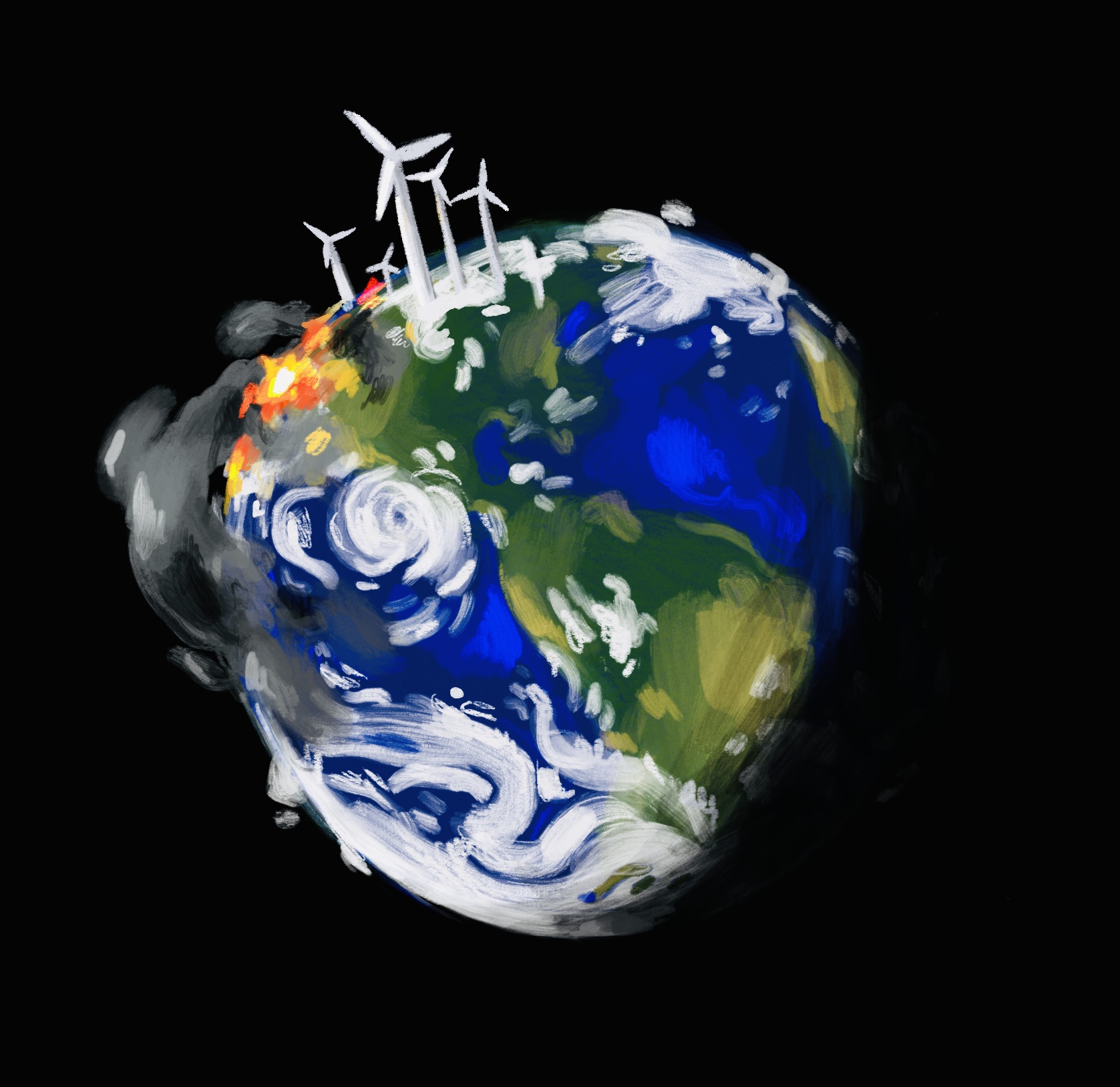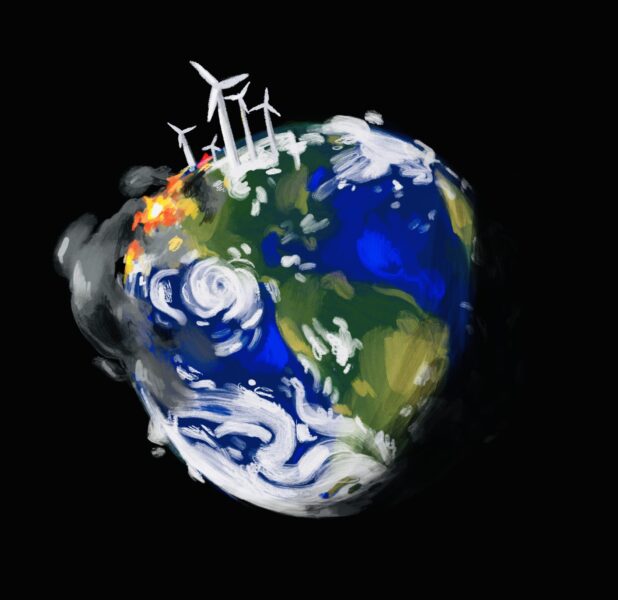

While the Inflation Reduction Act does introduce measures to combat inflation and lower the federal budget deficit, its measures to combat climate change are ultimately more significant. The bill has been dubbed the largest climate bill in all of history, with an estimated $369 billion invested into climate change technologies and clean energy.
As per the Congressional Research Service, the bill allocates this substantial pool of resources to a variety of conservation and prevention efforts. Notably, the bill works to provide accessible clean energy for homes, $9 billion for provisions of appliances that run on sustainable energy and another 10 years of tax credits for their installation. A sizable portion of this budget, estimated at around $128 billion, is further provided to drive down the costs of both installing and storing large-scale renewable forms of energy. Significantly, this process would allow for more efficient uses of clean technologies and lower energy costs for the average consumer.
“The bill has been dubbed the largest climate bill in all of history”
The Inflation Reduction Act focuses on manufacturing nationally by requiring components for clean energy systems to be produced either in the United States or by other free trade nations. Moreover, the bill lays out tax credits given to both buyers and sellers, providing $37 billion for these credits as well as another $37 billion for company incentives.
The bill largely impacts the transportation sector. The bill outlines tax credits, or partial refunds, of up to $7,500 for electric vehicles when purchased, contingent upon the electric vehicle companies meeting manufacturing requirements. Similarly, the U.S. is pushing for the electrification of delivery services, giving $3 billion to the U.S. Postal Service for the purchase of electric vehicles.
This bill is a huge leap forward — that point should not be undermined. However, the extremely slim margin of its passing proves grim. Similar bills such as the Build Back Better framework and the Green New Deal, were shot down. While a success for President Biden and the Democrats, the future of climate change policy is still uncertain. Many clauses were added within the bill that protect natural gas and fossil fuel industries. In essence, the bill only addresses the ‘carrot’ portion of a ‘carrot and stick’ legislation. The bill writers also hoped to establish the Civilian Climate Corps — similar to President Franklin Delano Roosevelt’s Civilian Conservation Corps introduced in the New Deal — though the initiative was struck down. The corps would have employed millions of individuals to work on climate change advocacy and infrastructure implementation.
California has led the fight against climate change for decades now, with measures that far exceed plans enacted by the federal government. Policies like the California Air Resources Board Cap-and-Trade Program continually lower the allowance of greenhouse gas emissions, with a 3% annual decline over a period of five years, and thus drives investments in cleaner technology. Even more groundbreaking is California’s ban of the sale of new gas-powered cars by 2035 on Aug. 25. While federal policy has made bounds, it isn’t making the necessary efforts in comparison.
“We are close to the so-called “point of no return”
California still remains the epicenter of the consequences of global warming. In 2021, California had 2,233,666 acres of burned land and 9,280 fires — the most of any state in the U.S. Moreover, the Environmental Protection Agency predicts that these fires will only increase in frequency and intensity due to climate change. Even though recent temperatures in San Mateo have remained relatively calm, local weather is not indicative of national, or even international occurrences. Notably, both the larger U.S. and the U.K. experienced heat waves throughout the summer.
We’ve known about climate change for a while, which raises the question — why is this bill so late? Simply put, self-interest, lobbying and the ability to weaponize policy have slowed down climate action. While the Inflation Reduction Act breaks this cycle, it took an extremely long time to get here. As evidenced by the debate around this legislation, even now there is no congressional push nor consensus on what actions to take on climate change. Research studies have shown that the majority of adults in the United States want increased climate change legislation. Quite frankly, the actions of those in Congress do not align with their constituents.
Perhaps it is possible for us to reverse the effects of our ignorance. Scarily, though, the time to do so is encroaching upon us. We are close to the so-called “point of no return.” The simple truth is that climate change is real, and while partisan divides run rampant, the Inflation Reduction Act provides a glimmer of hope to hold on to amid a world on fire.



